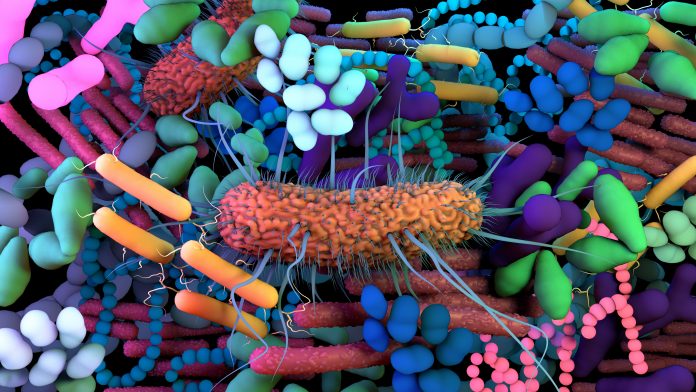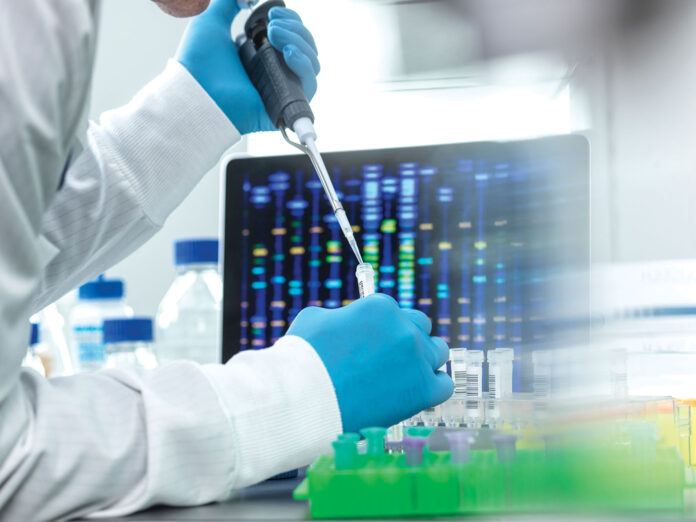Through a complex chemical process, scientists have been able to develop versatile, synthetic ‘cyborg’ cells in the lab. They share many characteristics of living cells while lacking the ability to divide and grow.
That non-replication part is important. For artificial cells to be useful, they need to be carefully controlled, and that can’t happen as easily if they’re propagating in the same way that actual cells do.
The researchers behind the new development think these cyborgs could have a huge variety of applications, from improving treatments for diseases like cancer to cleaning up pollution through targeted chemical processes.
“The cyborg cells are programmable, do not divide, preserve essential cellular activities, and gain nonnative abilities,” says biomedical engineer Cheemeng Tan from the University of California, Davis.
Cell engineering is currently based on two key approaches: genetically remodeling existing cells to give them new functions (more flexible but also able to reproduce) and building synthetic cells from scratch (which can’t replicate but have limited biological functions).
These cyborg cells are the result of a new, third strategy. The researchers took bacterial cells as their foundation and added elements from an artificial polymer. Once inside the cell, the polymer was exposed to ultraviolet light to build it into a hydrogel matrix by cross-linking, mimicking a natural extracellular matrix.
While able to maintain much of their normal biological functions, these cyborg cells proved to be more resistant to stressors like high pH and antibiotic exposure – stressors that would kill off normal cells. Much like actual cyborgs, they’re tough.
“Cyborg cells preserve essential functions, including cellular metabolism, motility, protein synthesis, and compatibility with genetic circuits,” write the researchers in their published paper.
Lab tests on tissue samples showed that the newly developed cells were able to invade cancer cells, highlighting the potential of these modified biological building blocks for health treatments further down the line – they could one day be used to deliver drugs to very specific parts of the body.
That’s still a long way off, as promising as these early results are. The researchers say they now want to experiment with the use of different materials to create these cells, as well as investigate how they could be used.
It’s also not clear exactly what is stopping the cells from replicating, which needs to be determined. The authors think the hydrogel matrix may stop cell division by inhibiting cell growth or DNA replication, or both.
The blending of the natural and the artificial demonstrated here in some ways takes the best elements of both, opening up new possibilities – a state of “quasi vita” or “almost life”, as the researchers put it.
“We are interested in the bioethics of applying cyborg cells as they are cell-derived biomaterials that are neither cells nor materials,” says Tan.
The research has been published in Advanced Science.










![Best Weight Loss Supplements [2022-23] New Reports!](https://technologytangle.com/wp-content/uploads/2022/12/p1-1170962-1670840878.png)




